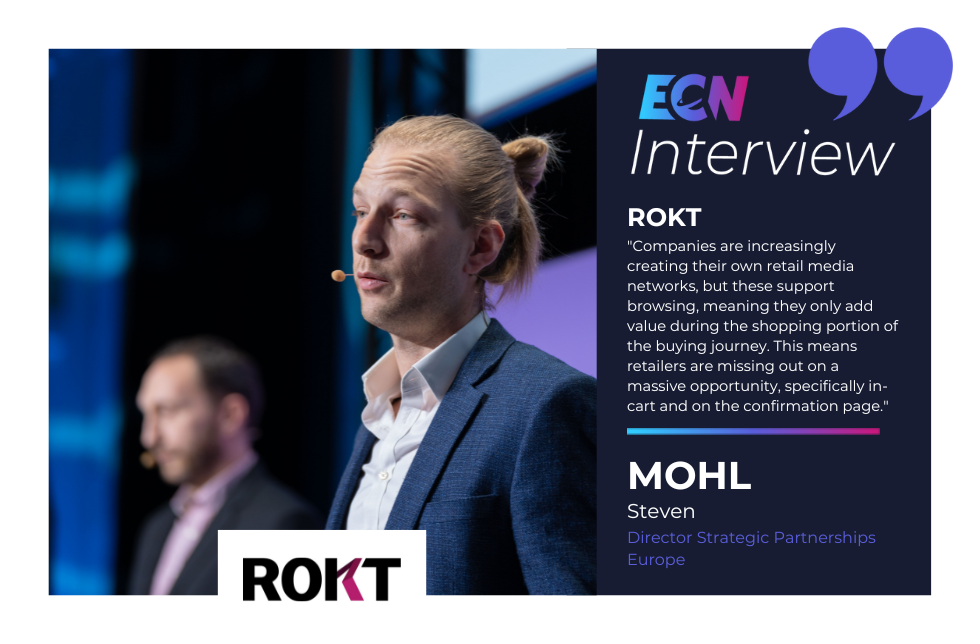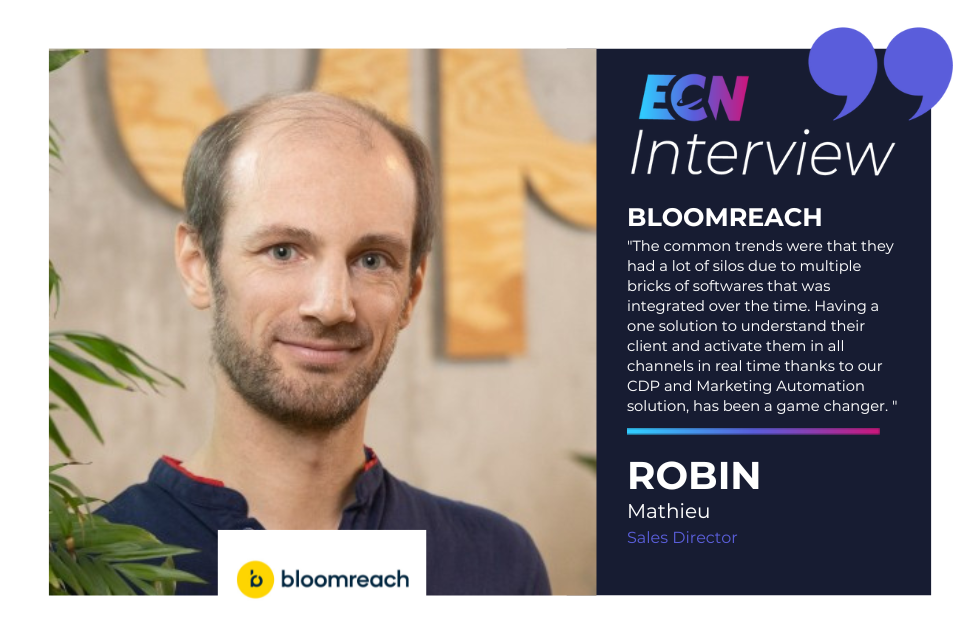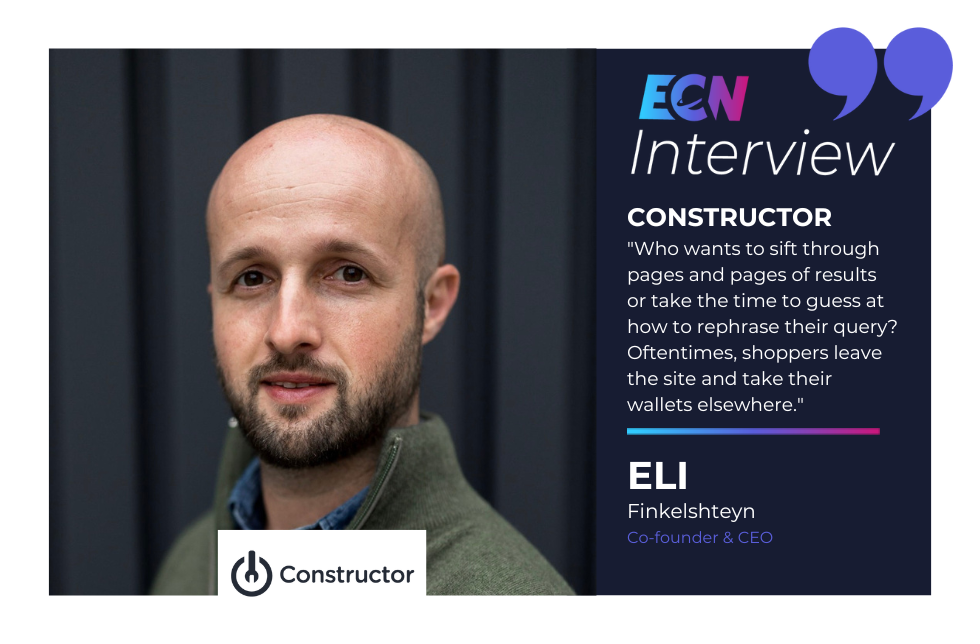Matt Warren is the Founder & CEO of Veeqo, an all-in-one management platform that takes care of inventory and shipping for omnichannel retail brands – allowing them to grow quickly while guaranteeing customers the experience they deserve. See it in action first-hand by booking a product demo today.
In your opinion, which are the trends that will shape e-commerce in 2019?
In 2019, e-commerce brands will need to play a much bigger customer experience game in order to beat out the competition.
This means going way beyond the basics. Good on-site UX, fast and reliable shipping, a solid returns process – these are all standard things customers simply expect nowadays.
To win big, e-commerce brands need to be thinking omnichannel. And this comes by unifying every sales channel to create a single commerce experience – buy anywhere, deliver anywhere, return anywhere.
This provides a much more integrated and flexible way to shop, regardless of which sales channel a customer interacts with. Meaning brands can reach customers via the most convenient medium for them at any particular time – and the experience remains the same throughout.
Could you explain simply what is Veeqo and how does it help e-commerce?
Veeqo takes care of inventory and shipping for omnichannel retail brands. Meaning their business can grow quickly while guaranteeing customers the experience they deserve.
Is it enough to sale through a single sales channel? Or is it mandatory to sell through multiple channels if you want to make profit?
It’s certainly not mandatory to sell through multiple channels to be successful in e-commerce. There are plenty of businesses doing well with just a single website, or listing up on Amazon.
But logic suggests that the more channels you can show up in, the more opportunity you’ll create to make sales. This used to mean simply having a website, then listing on Amazon, eBay and maybe Etsy and a few others.
Nowadays, brands need to also think about:
- Google Shopping Actions.
- Selling directly on social media with Instagram Shoppable Posts, Snapchat Snapcodes and similar tools on other platforms.
- Selling via interactive chatbot experiences in messaging apps like Facebook Messenger, Kik and others.
- Developing their own branded e-commerce smartphone app.
The key is not just selling on all these channels, but making sure the customer’s experience isn’t diluted and impaired by appearing in too many places. So having a system in place to manage and sync all the inventory, orders and shipping on the back end is crucial.
What common mistakes do you see in e-commerce? How would you solve them?
One of the biggest mistakes I see is brands placing too much focus on finding new customers, as opposed to increasing the value of the ones they already have.
It’s always popular and exciting to look into new sales and conversions tactics. But maximising customer lifetime value is also a key part of sustainable growth – and that starts with creating a phenomenal experience.
Think about shipping speeds, product quality, customer service and the overall experience of buying from you. If you can under promise and over deliver in these areas then you’re much more likely to get customers coming back to buy more as well as referring their friends via word of mouth and social media.
What changes do you expect to see in e-commerce by 2025?
Google will rival Amazon to become the world’s top retailer. In the next few years, I see shopping directly in Google becoming much more prevalent. It’s obviously played a huge role for a long time in generating organic and paid search traffic for e-commerce sites. But the Shopping Actions program effectively creates a new Google marketplace – and one in a great position to rival Amazon.
I also think we’ve only begun to scratch the surface when it comes to social selling. We’ll see it become much more common and simple to purchase items directly in Instagram, Pinterest, Snapchat, etc. With each of these providing a slick and seamless buying experience that allows consumers to natively browse and purchase on each of these platforms in seconds.
Apart from this, I think we’ll also see the screw start to really get turned when it comes to voice commerce. The technology is exciting at the moment but isn’t really a fantastic buying experience for the most part. But the potential is huge and this will evolve massively over the coming years.





